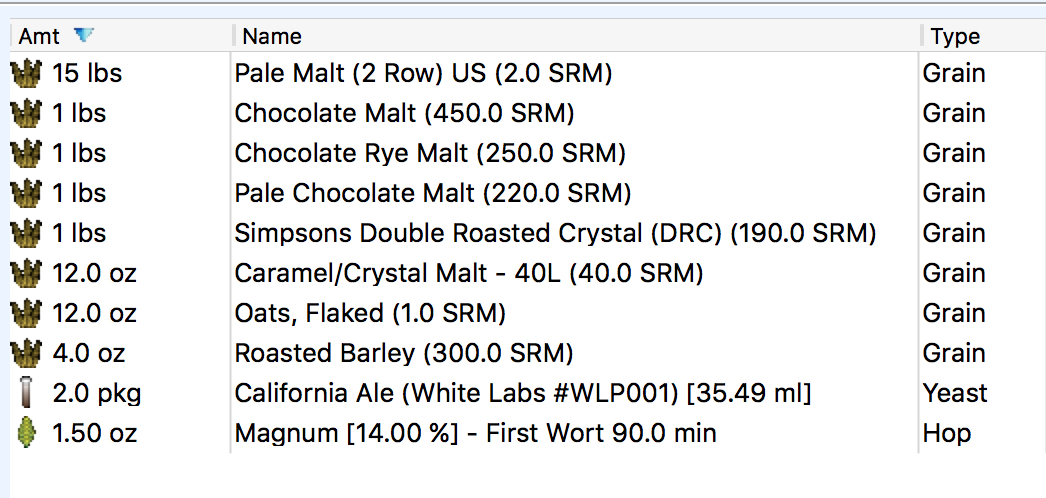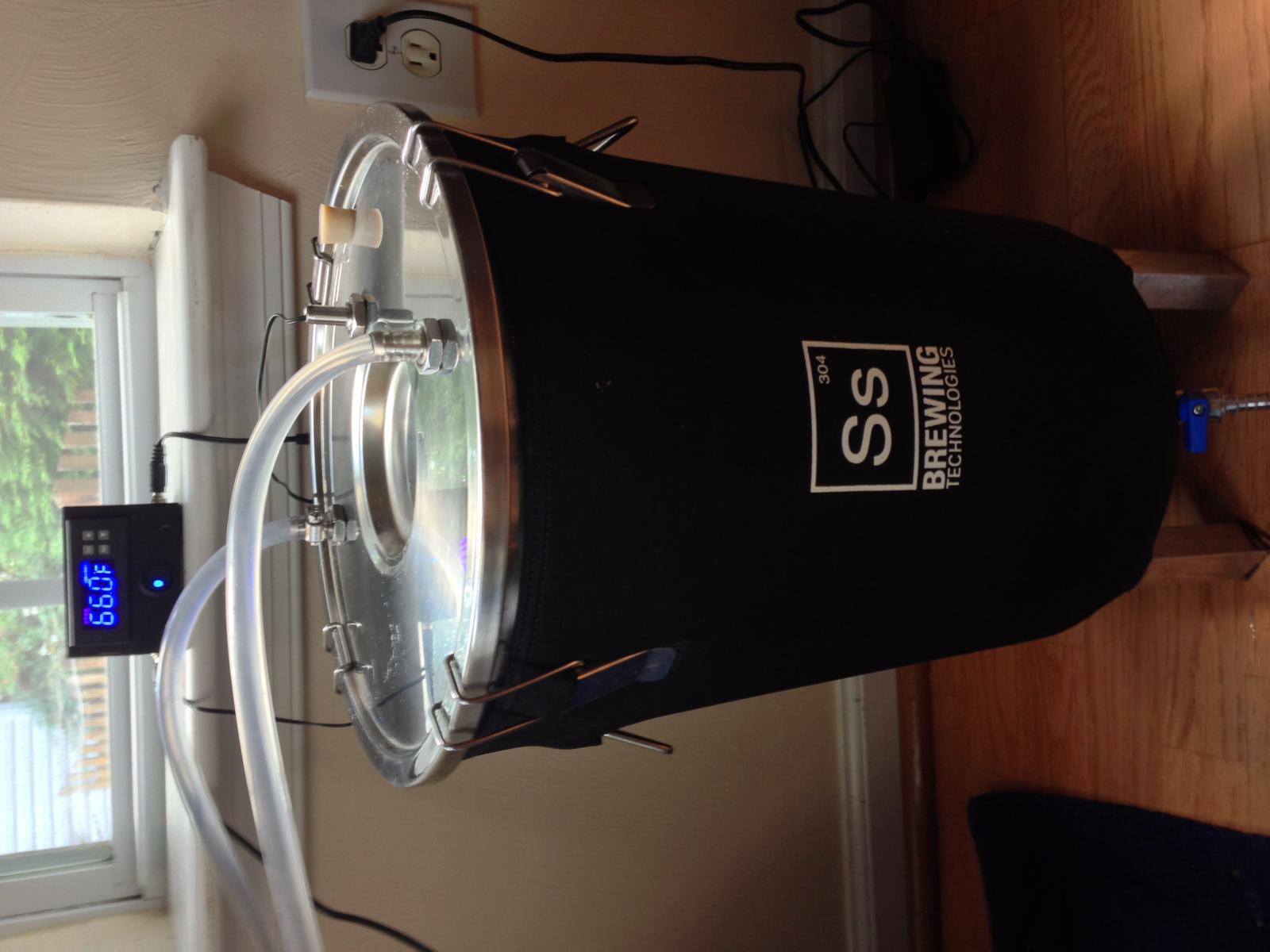phendog
Well-Known Member
- Joined
- Jun 1, 2016
- Messages
- 184
- Reaction score
- 50
I am brewing a big Imperial Stout tomorrow. Grain bill attached.
Due to the amount of grain I'm using, I think I can get a second batch out of it - maybe 3 or 4 gallons for a 4 to 5% abv Session Stout.
Was thinking that after I've collected all the wort I need for my first boil (5.5gal batch), I could stop collection and start my first boil. Then, either:
1. Continue to sparg my mash until I've collected enough for my 2nd batch, or
2. Do two batch sparges and collect for boil
What would you do, or am I completely off base.

Due to the amount of grain I'm using, I think I can get a second batch out of it - maybe 3 or 4 gallons for a 4 to 5% abv Session Stout.
Was thinking that after I've collected all the wort I need for my first boil (5.5gal batch), I could stop collection and start my first boil. Then, either:
1. Continue to sparg my mash until I've collected enough for my 2nd batch, or
2. Do two batch sparges and collect for boil
What would you do, or am I completely off base.





